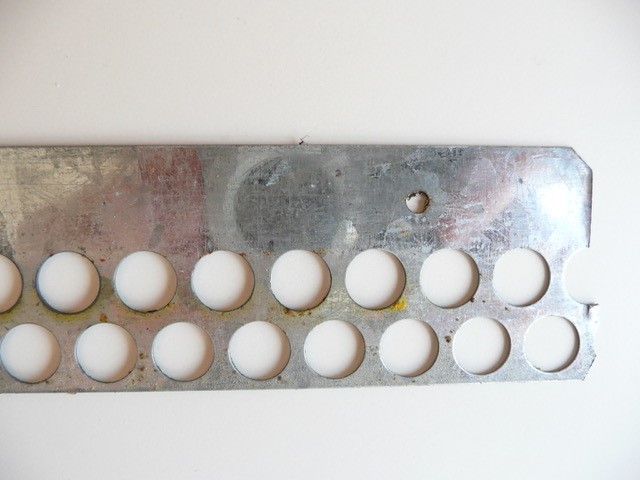Bee Blog April 2018
Hello,
I am Gerald Bushby (pronounced bush bee!) a beekeeper in Weston on the Green, a small village in Oxfordshire. I am going to be writing a monthly blog about the bees in my apiary. I hope you will find it interesting. I should start by saying that I am not an expert, having only kept bees for three years. Anything I say is my own personal opinion; I accept that there may often be other views and opinions.
I finished my blog last month wondering if spring would have arrived by the time of my next months blog. Whilst there have been one or two “spring like” days, here in Weston on the Green we have still been experiencing winter weather and earlier in the month I have had to clear snow of the hive landing boards yet again. Even now it is still wet and cold.
Spring can be said to be the beginning of the beekeepers year. The bees break their winter cluster and the queen starts laying more eggs in the build up to the season. A cold snap like we have been experiencing is worrying for the beekeeper. The bees are becoming more active and need more food and nectar for the new brood at a time when flowers are reluctant to develop because of the cold weather or are covered by snow. Colonies can survive throughout the winter only to die of starvation because of a cold damp spring.
During the month I removed the mouse guards from the entrance of the hives. You may recall that I put these on at the beginning of winter to stop mice finding a winter home in the warm hive, with a ready supply of honey for breakfast, lunch and dinner. The mouse guard is a metal strip fixed across the entrance to the hive with holes in it large enough for bees to go through but not large enough for the mouse’s skull to pass. Unfortunately a nearby fellow beekeeper has found that the holes in his mouse guard whilst small enough to stop the common field mouse were not small enough for the pygmy shrew. He found two in residence in one of his beehives. As these shrews are protected under the 1981 Wildlife and Countryside Act there is not much he could do about it. Live and let live. Why don’t the bees sting the mice to protect their hive? The answer is that they do, sometimes “mummified” mice can be found covered in propolis within hives. Successful over wintering for the mouse is all about timing. If the mice entre the hive after the bees have formed their winter cluster they are relatively safe. If they enter before it can be curtains!
After the winter, beekeepers are keen to know if the bees in their hive have survived and are ready for the summers season. Knowing this is not as straightforward as it may first seem. It is not a good idea to open up the hive in low temperatures and look. Reducing the temperature of the winter cluster can kill new brood, bees and even the queen. We generally wait until the outside temperature is at 16 degC and above before opening up the hive. In a spring such as we are having this year we have not yet had a day when this temperature has been reached. We therefore have to rely on other observations. Bees flying in and out of the entrance when the weather is fine is a good sign but it does not indicate that the queen, the most important bee, has survived. The best indication we can hope for is evidence that pollen is being taken into the hive. Spring flowers are beginning to bloom and if it can be seen that the bees are taking pollen into the hive it is usually to feed new lava suggesting that the queen has survived and is in fact laying eggs.
My photograph this month shows a close up of a small section of the mouse guard from one of my hives. If you look closely you can see a yellow deposit at the bottom of the top row of holes on the right hand side. This is pollen deposits that has been rubbed from the legs of bees as they have entered the hive. The mouse guard was clean when I attached it so I am hoping the queen in this hive is alive, well and laying eggs. The mouse guard on my second hive was clean. Hopefully the queen in this hive has just not started laying eggs yet. It may be some weeks before the temperature reached the critical 16 degC allowing me to open the hive and carry out an inspection.
I am a proud supporter of the ‘Bees for development’ charity, my love of the bee drew me to this wonderful UK based charity and the great work they do around the world with Bees and the impact they can have on people’s lives. Please help me support this wonderful organisation, as 2BScientific will be doing with donations to this hard-working charity.
